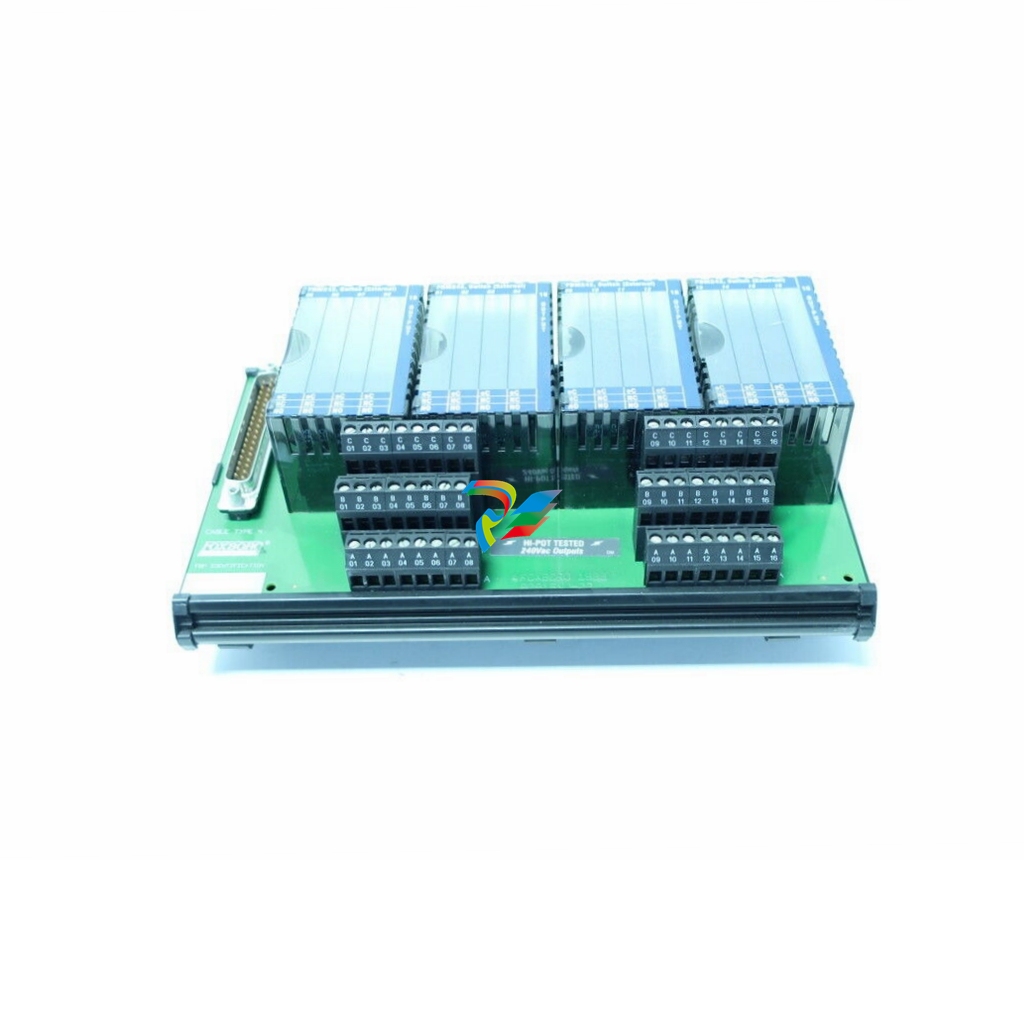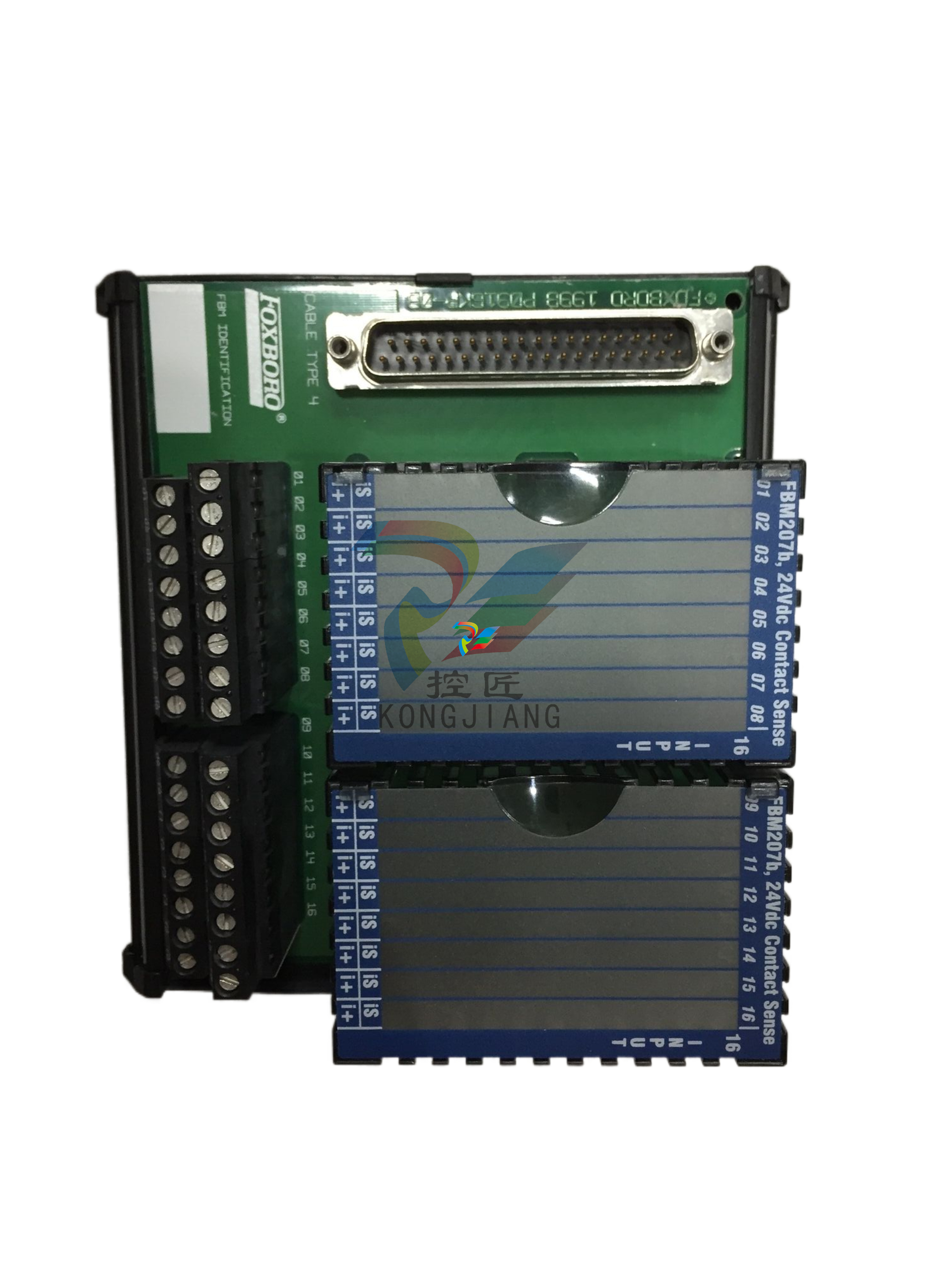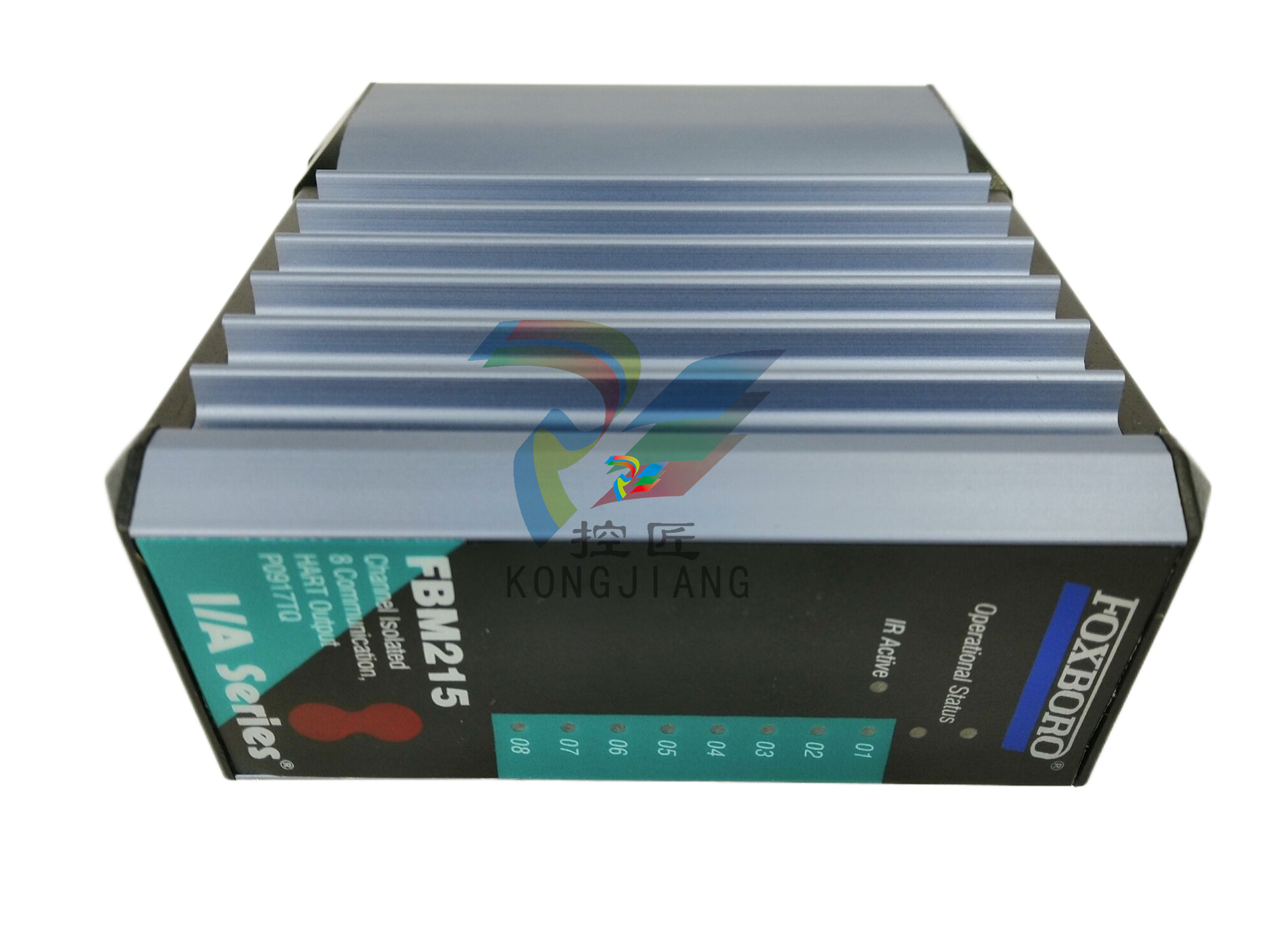
DCS; Industrial control system
Product
Article
NameDescriptionContent
NEW CENTER
Current Location:
American Industrial Development Trends
From:
|
Author:huang
|
Time :2024-11-06
|
302 Browse:
|
Share:
The United States has a long and storied history of industrial development that has had a profound impact on the global stage. American industry has been a driving force behind the nation's economic growth and technological innovation.
In the early days of the country, the United States was primarily an agricultural nation. However, as the 19th century progressed, the industrial revolution took hold and transformed the American economy. The development of industries such as textiles, iron and steel, and railroads led to rapid urbanization and the growth of a prosperous middle class.
By the 20th century, the United States had become a major industrial power. The country was a leader in the production of automobiles, aircraft, and consumer goods. American companies such as Ford, General Motors, and Boeing became household names around the world.
Today, American industry continues to play a vital role in the global economy. The United States is a major producer of high-tech products, such as computers, software, and telecommunications equipment. The country is also home to some of the world's largest and most innovative companies in industries such as healthcare, finance, and energy.
The importance of American industrial development cannot be overstated. American industry has created millions of jobs and generated trillions of dollars in economic activity. It has also been a major source of technological innovation, leading to advances in fields such as medicine, transportation, and communication.
In conclusion, American industrial development has been a remarkable journey that has shaped the nation and the world. From its humble beginnings as an agricultural nation to its current status as a global industrial powerhouse, the United States has demonstrated its ability to adapt and innovate in the face of changing economic and technological landscapes.
II. Current State of American Industry
(I) Market Dynamics
In today's American industry, the market is a complex web of forces. Competition remains fierce across various sectors. In the technology industry, for instance, companies are constantly vying for market share in areas such as software development and telecommunications equipment. Giants like Apple and Microsoft battle it out for dominance in the smartphone and computer markets respectively.
Consumer demand is also a major driver. As consumers become more tech-savvy and environmentally conscious, there is a growing demand for products that are not only innovative but also sustainable. This has led to increased investment in research and development to meet these evolving needs.
Technological advancements are shaping the market at an unprecedented pace. The rise of artificial intelligence, for example, is transforming industries from healthcare to finance. In healthcare, AI is being used for early disease detection and personalized treatment plans. In finance, it is helping with risk assessment and fraud detection.
(II) Challenges Faced
American industry is currently grappling with several challenges. Economic uncertainties pose a significant threat. Given the current economic uncertainties, companies are hesitant to make large investments, preferring instead to focus on short-term gains and cost-cutting measures. This can slow down innovation and expansion.
Trade tensions also take a toll. Disputes with other countries can lead to tariffs and trade barriers, affecting the export and import of goods. The steel industry, for example, has been hit hard by trade tensions, with increased tariffs on steel imports and retaliatory measures from other countries.
Changing consumer preferences are another challenge. Consumers are increasingly demanding products that are personalized, sustainable, and ethically sourced. Industries that fail to adapt to these changing preferences may lose market share. For instance, the automotive industry is facing pressure to produce more electric and hybrid vehicles to meet the demand for greener transportation.
III. Future Trends
(I) Technological Advancements
Automation is set to play a crucial role in the future of American industry. With the development of robotics and advanced manufacturing processes, many repetitive tasks can be automated, increasing efficiency and reducing labor costs. For example, in the automotive industry, automated assembly lines can produce cars more quickly and with greater precision. Artificial intelligence (AI) will also have a profound impact. AI-powered algorithms can analyze large amounts of data to optimize production processes, predict demand, and improve quality control. In the healthcare industry, AI can assist in diagnosing diseases and developing personalized treatment plans. Sustainable manufacturing is another emerging trend. As consumers become more environmentally conscious, companies are investing in technologies that reduce waste, conserve energy, and use sustainable materials. For instance, some companies are developing biodegradable packaging materials and implementing energy-efficient manufacturing processes. These emerging technologies will not only shape the future of American industry but also contribute to a more sustainable and efficient economy.













































.jpg)
.jpg)
.jpg)





.jpg)



.png)
.jpg)

.jpg)
_lVjBYb.jpg)

.jpg)
.jpg)



.jpg)
.jpg)







.jpg)

.jpg)
.jpg)











.jpg)




.jpg)
.jpg)
.jpg)
.jpg)
.jpg)
.jpg)

.jpg)

.jpg)
.jpg)
.jpg)






.jpg)


.jpg)






